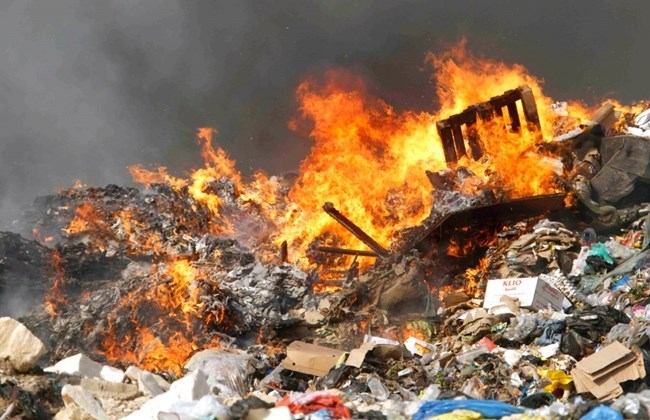
Introduction
Incineration has emerged as a crucial component in waste management and energy production. By harnessing the power of burning waste, incineration offers numerous benefits for both the environment and society as a whole. This article aims to explore the historical background, key concepts, main discussion points, case studies, current trends, challenges, and controversies surrounding incineration. Additionally, we will delve into the future outlook of this technology and its potential role in a sustainable and circular economy.
Historical Background
Throughout history, incineration has played a significant role in waste management practices. Burning waste has been an effective method dating back to ancient civilizations to reduce its volume and eliminate potential health hazards. Over time, incineration technologies have evolved, leading to more efficient and environmentally friendly solutions. These advancements have revolutionized waste management and helped mitigate the negative impacts of waste on the environment.
Key Concepts and Definitions
Incineration refers to the combustion of waste materials to generate energy. Various techniques are employed in incineration, including mass burn, modular, and fluidized bed systems. Waste-to-energy is a concept closely related to incineration, where the heat generated from burning waste is converted into electricity or heat. Understanding key terms such as flue gas, bottom ash, fly ash, and air pollution control systems is essential to grasp the intricacies of incineration technology.
Main Discussion Points
The incineration process and technology form the foundation of waste-to-energy solutions. The incineration process encompasses waste intake, combustion, heat recovery, and energy production. Different types of incinerators offer distinct advantages and cater to varying waste compositions. Combustion, heat recovery, and emissions control mechanisms are pivotal in ensuring efficient energy generation while minimizing environmental impacts.
The environmental and energy benefits of incineration are considerable. Incineration provides a sustainable alternative to landfilling, reducing the space required for waste disposal significantly. Moreover, waste-to-energy facilities have the potential to recover valuable resources and generate electricity. By harnessing energy from waste, incineration helps mitigate greenhouse gas emissions, contributing to a cleaner and greener environment.
Waste management and sustainability go hand in hand, and incineration plays a crucial role in this regard. Waste reduction, recycling, and waste-to-energy are integral components of a comprehensive waste management strategy. Incineration, positioned higher in the waste hierarchy, complements circular economy principles by extracting value from waste that would otherwise go to landfill.
Case Studies or Examples
The waste-to-energy plant in Copenhagen, Denmark, known as the Amager Bakke plant, serves as an exemplary case study. This state-of-the-art facility has transformed the city’s waste management system, significantly reducing landfilling. The plant’s energy production and environmental benefits are remarkable, showcasing the potential of incineration as a sustainable waste management solution.
Another notable case study is the SEMASS waste-to-energy facility in Massachusetts, USA. This facility has become a vital contributor to the local community by managing waste effectively and generating electricity. Compliance with rigorous environmental regulations and emissions control measures ensures that the plant operates in a responsible and sustainable manner.
Current Trends or Developments
Incineration technologies have witnessed recent advancements, resulting in improved efficiency and resource recovery. Researchers are exploring ways to extract more value from waste through innovative technologies. Furthermore, innovations in emissions control and air pollution reduction techniques are constantly being developed, ensuring that incineration remains an environmentally friendly solution.
Challenges or Controversies
Despite its many benefits, incineration is not without challenges and controversies. Concerns about the environmental impacts of incineration and emissions persist, necessitating stringent emissions control measures. Public perception and acceptance of waste-to-energy facilities also pose challenges, requiring effective communication and education about the benefits of incineration as a waste management solution.
Future Outlook
The future of incineration looks promising, with ongoing advancements in technology and the growing need for sustainable waste management solutions. Continued research and development will lead to further improvements in incineration efficiency and resource recovery. As the world moves towards a sustainable and circular economy, incineration is poised to play an increasingly significant role in waste-to-energy solutions globally.
Conclusion
Incineration serves as a sustainable waste-to-energy solution, offering multiple environmental and energy benefits. Through the incineration process and various advanced technologies, waste is efficiently converted into energy while minimizing environmental impacts. The case studies, current trends, and future outlook discussed in this article highlight the significance and value of incineration in addressing the challenges of waste management and promoting a sustainable future.